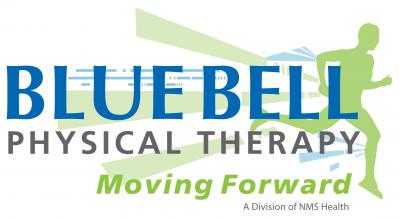Blue Bell: 610.275.0330
Spring House: 267.462.4738
Patients Guide
A Patient’s Guide to Rehabilitation after a Total Knee Replacement
In the early stages of your recovery, physical therapy is critical to your successful return to previous levels of function. Our highly trained physical therapists will guide you through this process.
In weeks 1-4 our primary objectives are to reduce swelling, control pain, and to get your knee completely straight. It is imperative to do so and cannot be emphasized enough. The importance is in how it affects your ability to walk properly. If you walk with a limp, you will put unnecessary stress on your hips, back and other knee, which may lead to new orthopedic problems.
Achieving full knee extension is necessary for performing these daily tasks properly, such as walking without a limp, climbing stairs, getting in and out of the car, and reaching for overhead objects.
Your therapist will also implement a program to strengthen the muscles of your hip and thigh, which will aid in the speedy recovery of your knee.
As your incision heals, your therapist will guide you in the next phase of your recovery, which will focus on bending your knee. The goal is to be able to bend your knee to 90 degrees in 4 weeks.
This is necessary for performing daily activities such as sitting on the toilet, climbing up curbs or steps, reaching for a low object, and putting your socks and shoes on.
Your therapist will also implement a program to strengthen the muscles of the ankle and foot, which is important for improving your balance.
In weeks 8-12, your therapist will progress your rehabilitation program to include endurance training and more challenging balance activities.
Lastly, your therapist will progress your rehabilitation to include work specific training (if needed) and recreational activities.
Make an appointment today, to speak to one of our experienced physical therapists
